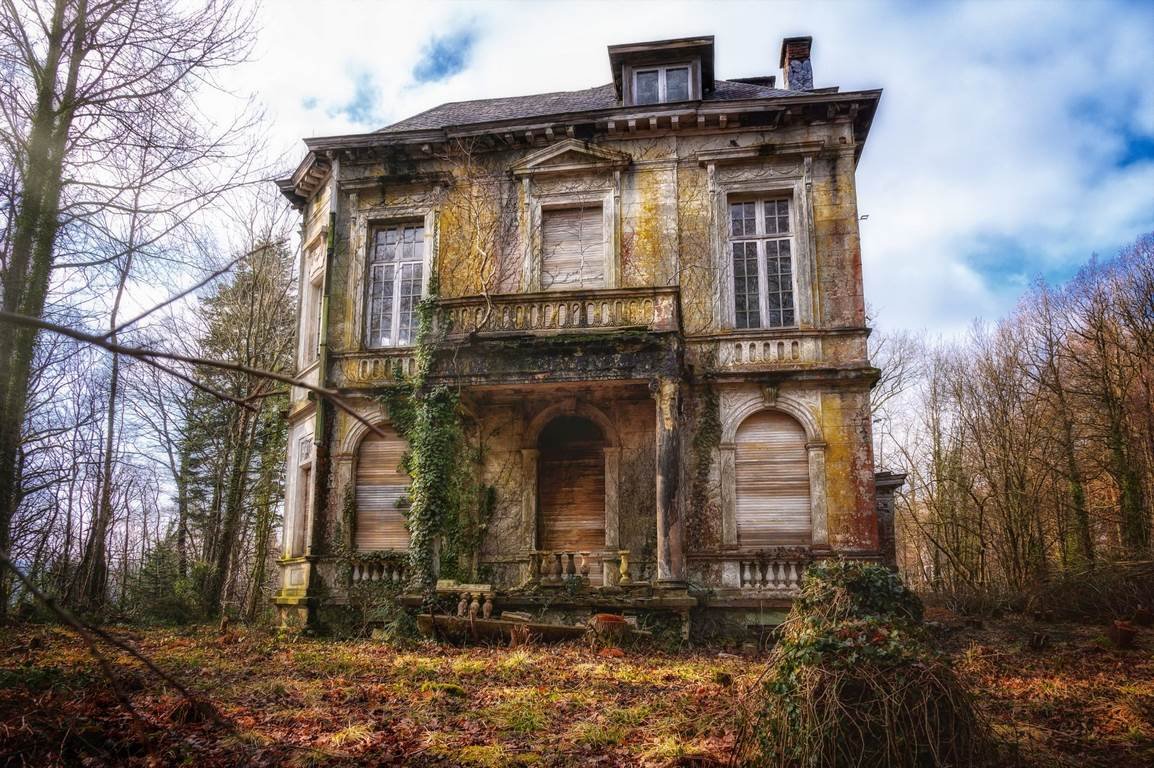Table of Contents Show
There are many different types of structural repairs that you can do at home.
Foundation repairs are often expensive and take several times to fix. Make sure you have proper knowledge of how to check home’s foundation and the foundation repair methods.
Some of them are easier than others, but the important thing is to know how they all work so that you can make informed decisions about which ones to take on yourself and which ones to hire a professional for.
Here we will talk about different types of structural repairs- from Crack Injection to Wall Crack Repair.

Why are Structural Repairs Being So Important?
Structural repairs are essential because they keep your home safe and sound due to the nature of what they do.
They also can be necessary for several reasons- from safety issues on account of their age or disrepair to preventing unwanted damage that could cost you much more in the long run.
When it comes down to which ones you need to be explicitly done, many people turn to professionals who have experience with this type of work; but if you don’t know how these structural repairs all work, when it comes time for repair work at your own house (or want to educate yourself so that you’re better informed), here’s a rundown on some standard options:
Crack Stitching
The most basic form of structural repairs is done to prevent the damage from getting worse.
This gives you a chance to address the issue adequately and make it right again or stop a problem before it happens.
Also, it is one of the most common methods as it is cost-effective and can be done quickly.
Read Also:
Crack Injection
This method of structural repairs is more expensive but also very effective. Crack injection is injected into the crack to either seal it or make it difficult for water to penetrate.
The good thing about this method it will leave your wall looking like its original state so that it will be within keeping with your house.
Structural Wall Ties and Restraints
This is a bit more intrusive but also very effective. Wall ties and restraints are used to hold the wall in place to be less likely to crack or shift, but this method does not stop water from penetrating your home.
Wall Replacement
This one can be a costly form of structural repairs as you will need to replace at least one if not all of your walls. This will always be the last resort.
Above is not a comprehensive list of options but an overview of the main methods of repairs, the key to getting a professional out you can trust as they will be able to guide you on the most effective way to repair any suspected damage, I will repeat this if you find even a minor issue it is worth getting checked, keeping on top of these issues can save you huge amounts in the future.
Does your Building need a Structural Repair Professional?
Not every single time, but if you are in doubt, then it is worth speaking to a professional and gets them to have a look, as there are structural issues they are trained to notice, and for this reason, it is always better to be safe than sorry.
Plus, if you have a structural defect and it is not fixed, then the problem will only worsen.
What can Cause Structural Problems?
Structural problems can be caused by natural disasters, wear and tear or just from normal use.
During the time of a disaster, you may not realize that there are structural issues until your home has been extensively damaged, as it takes time for things to show up.
This is why in extreme situations such as hurricanes or earthquakes, and if you live in an area that you think you don’t get them you will be surprised, the small town of Folkestone thought the same until 2007 when the magnitude of 4.3 earthquakes that shook the town, so it’s always worth having a structural repairs professional come out after the event, so any damages are documented beforehand.
The good news is this should and will only happen occasionally.
Still, when it does happen, then it’s essential to get help fast because if these are left untreated, they will cause significant long-term damage to your property which could make repairs much more expensive than getting them sorted out straight away.
The Most Common Issues are:
- faulty drains in and around your area, so it is worth checking these regularly to make sure they have not blocked
- Walls that have shifted or cracks in them, which could be a sign of subsidence.
- Tree roots that are close to the property, always call a structural repair professional to look at these and make sure they are not damaging the foundations of your property.
- Rise or fall in the water table level is a hard one to notice, but it is worth keeping an eye on, if in doubt, as always getting someone in.
- Ground movement/settling there are many instances that this can occur. A good example is when the ground has been dug up to install new water or sewer pipe.
You will get ground settling, but it should not be excessive.
As you can see, the are many common issues that can occur. Not all of them are obvious, so always be cautious and get a professional look to be sure.
The age of the building will play a massive part when it comes to having some of these issues, so having a historic house, it is worth carrying out regular maintenance and checking for the common problems above, like if you were buying a victorian home in London then make it a priority to do regular checks, finding minor issues are more accessible to fix than leaving it and letting it get out of hand.
If you are buying a new build, the problems more likely to be settling issues.
When you need structural repairs, it’s essential to know what types of repairs are available so that you can make the best decisions about which ones to take on yourself and which ones to hire a professional for.
We recommend using this guide as an informational resource when deciding how to deal with your own home or office building.
What type of structural repair do you think would work best in your situation?









